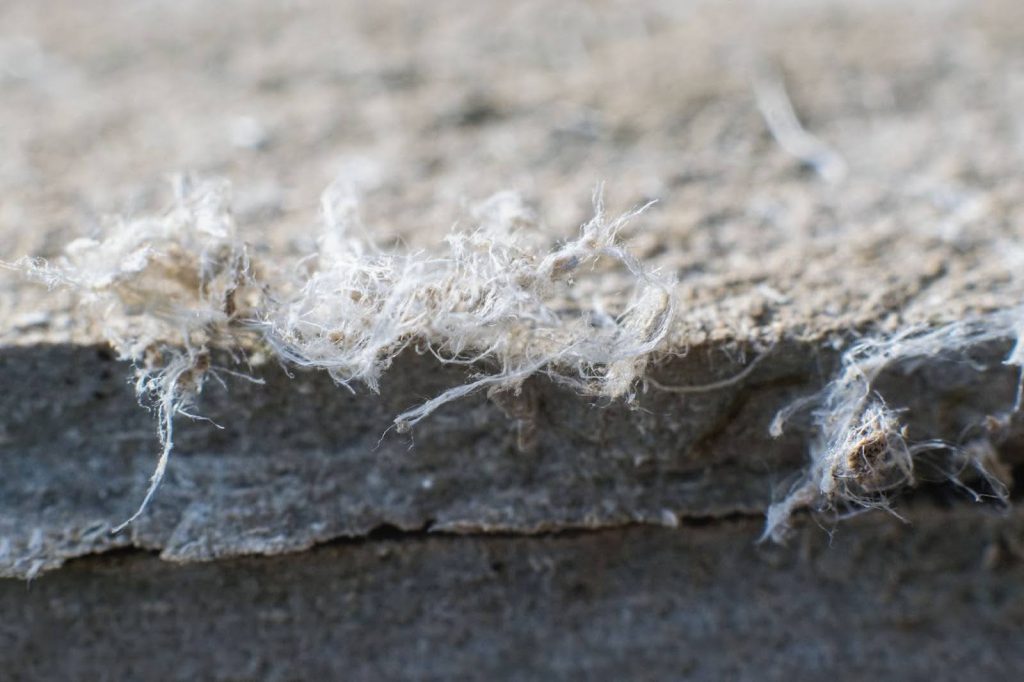Asbestos, once hailed as a miracle material in construction and manufacturing, has become a source of concern for homeowners and industry professionals alike. This naturally occurring mineral, known for its heat-resistant properties, was widely used in building materials for decades before its health risks came to light. As awareness of asbestos-related health hazards grows, many people find themselves wondering what does asbestos smell like.
In this guide, we explore the various ways to identify asbestos presence in your homes or workplaces. We’ll cover its characteristics, its potential presence in different environments, and the importance of proper identification and handling. Understanding how to recognize asbestos is crucial for maintaining a safe living and working space.

What Does Asbestos Smell Like?
Asbestos fibers themselves do not emit any odor. This lack of smell makes asbestos impossible to detect through scent alone. The misconception that asbestos has a distinct odor often arises from smells associated with other materials or conditions in older buildings.
For instance, musty odors from mold growth or the scent of degrading adhesives in flooring materials might be mistakenly attributed to asbestos. These associated smells are not indicators of asbestos presence or absence. So, can you detect asbestos by smell? No, the smell is not reliable in detecting asbestos.
The odorless nature of asbestos fibers underscores the importance of professional assessment and proper testing methods for identification. Visual inspection and laboratory analysis take a couple of days and they are the only reliable ways to detect asbestos.
If you suspect the presence of asbestos in your environment, you must avoid disturbing the material. In this situation, seek help from certified professionals who can safely inspect and test for asbestos-containing materials.
Identifying Asbestos
Asbestos is a naturally occurring mineral composed of heat-resistant fibers. It was widely used in construction until the late 20th century. There are two main types – chrysotile (white asbestos) and amphibole asbestos, the latter being more dangerous. Asbestos can be found in various places within buildings and vehicles.
Common locations of asbestos
- Building insulation in attics, walls, and around pipes
- Flooring materials, particularly in vinyl tiles and their adhesives
- Roofing products such as shingles and felts
- Wall and ceiling materials like drywall compounds and textured paints
- Plumbing systems – in pipe insulation and cement pipes
- Automotive parts, especially brake pads and clutches
Its widespread use was due to its durability, fire resistance, and insulating properties. Understanding where asbestos might be present is crucial for safety during renovations or demolitions of older structures.

What to Do If You Suspect Asbestos
If you suspect asbestos in your environment, it’s crucial to take immediate but careful action. First, remain calm and avoid disturbing the suspected material. Restrict access to the area and document your observations. Next, research and contact a certified asbestos professional for an inspection.
During their visit, follow all safety instructions and allow them to take samples if necessary. After the inspection, await the laboratory results while maintaining precautions. Once you receive the results, work with the professional to interpret them and develop an appropriate action plan, which may involve removal, encapsulation, or ongoing monitoring.
Throughout this process, never attempt to handle or remove suspected asbestos-containing materials yourself, as this can be extremely dangerous. Educate others about the situation and the importance of professional management.
Conclusion
We hope this article has clarified that asbestos itself is odorless, and any smells associated with it come from other materials or conditions. Confirming what does asbestos smell like, can help you take necessary measures for identification of potential asbestos hazards and its removal.
Keep in mind, visual inspection and professional testing are the only reliable methods for detecting asbestos. By understanding these facts, you’re better equipped to protect yourself and others from potential asbestos exposure.
Always prioritize safety and seek expert help when in doubt. Stay informed, stay cautious, and remember that when it comes to asbestos, your nose isn’t a reliable detector – trust the professionals instead.
